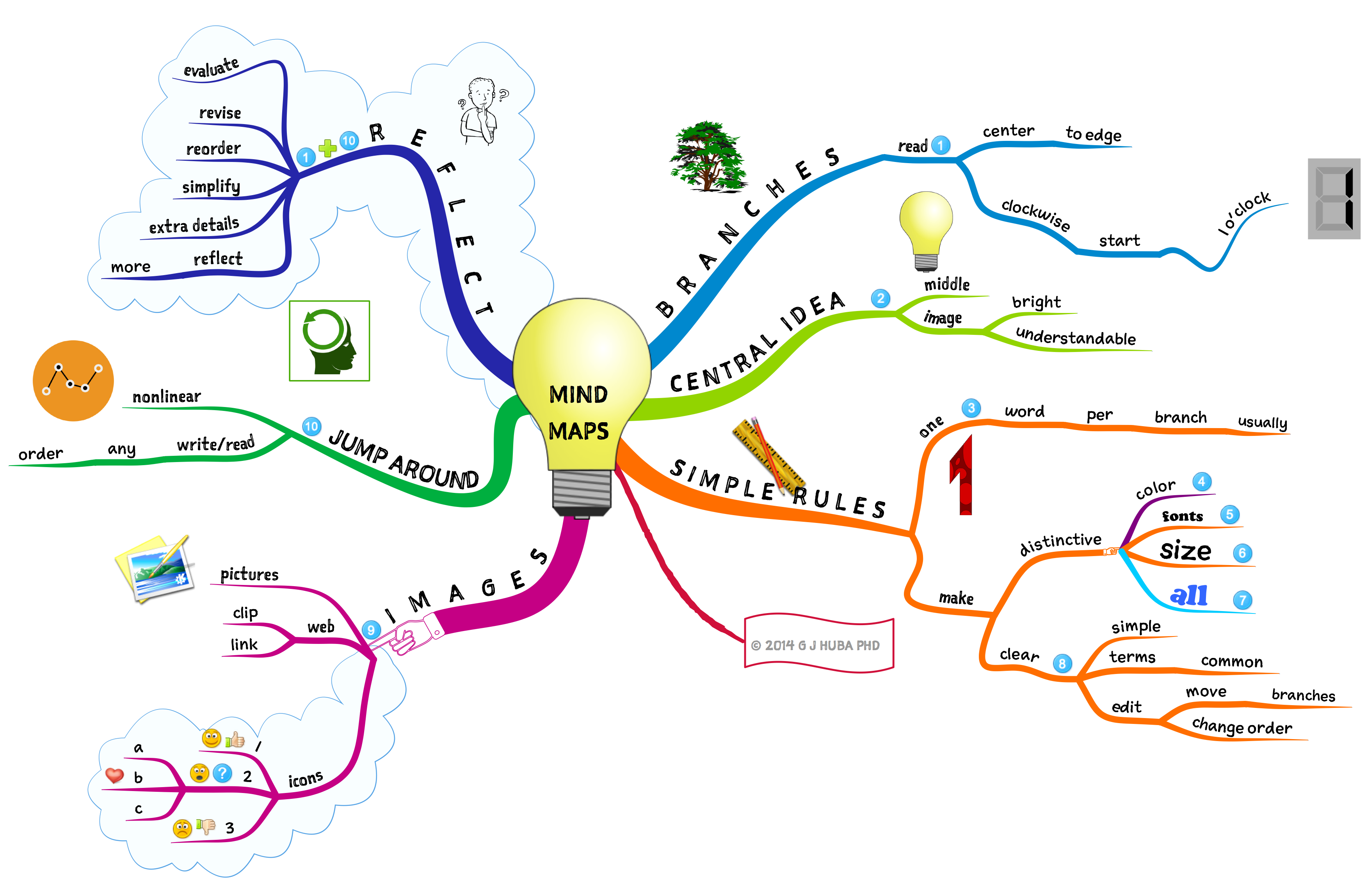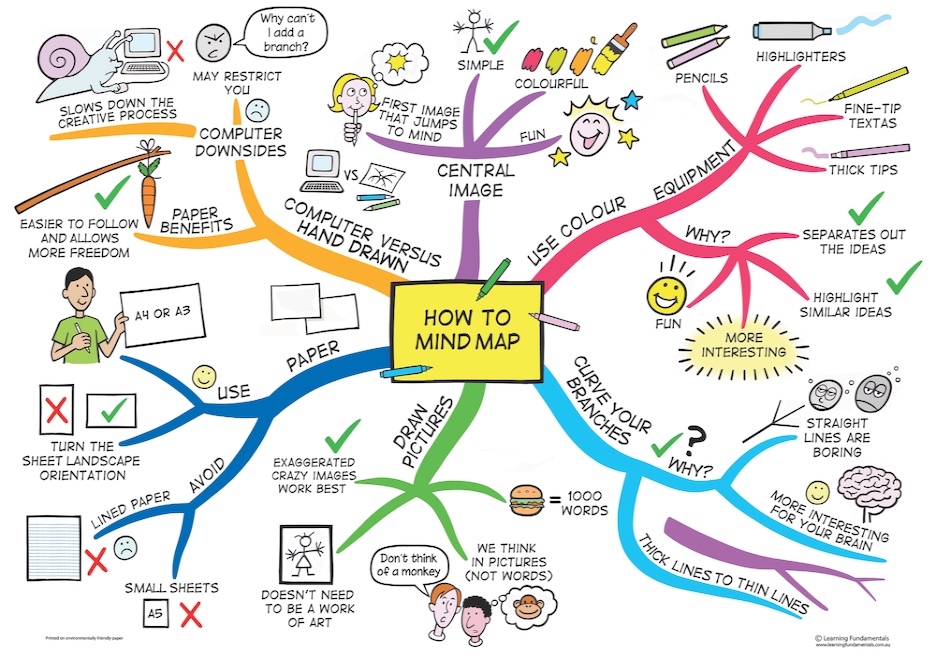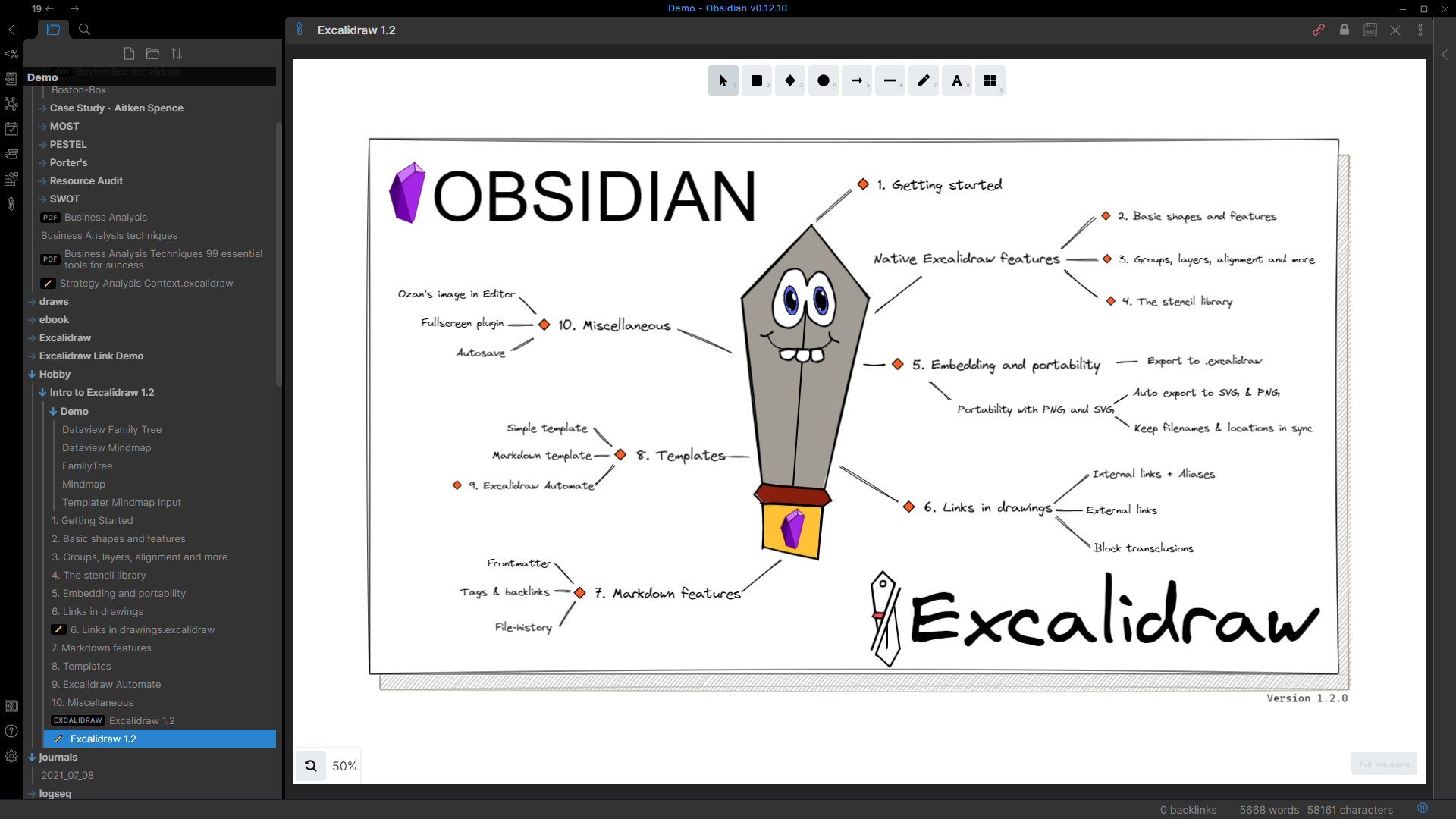Recto
Jedi
Since we all have in our daily lives the need to learn about new things or address complex issues, either alone or with others, I thought that a quick introduction to Mind Mapping could help.
Mind mapping is a very useful tool used to breakdown and organize information around a central topic/theme. The topic can be for instance a field of expertise (e.g. Math, Hairdressing, Aquaculture, etc), a question (e.g. a problem to be solved, exploring a new topic), a project needing planning (e.g. wedding), the content of a course (a.k.a a way to take notes), etc. The main goal is to gain further understanding about a complex topic or issue, specifying actionable steps to be taken if need be. Mind mapping is usually used in groups’ collaborative work, however using it on your own is definitely possible and will still be very effective.
Now, what are the main components of a mind map ? The topic is the starting point and is located at the center of the map. From there we draw a branch for each new related information (or aspect of the issue), and from those branches spawn other branches (just like a tree). The tree-like structure provides a hierarchical way to categorize all the topic related information, thus laying out clearly the connections and providing a visual summary.
The information conveyed by each branch is usually a keyword or a short block of text in order to keep only what is essential. Depending on whether you’re working on a sheet of paper or on your computer, you can also use drawings, pictures, website links, etc, to represent information. Informations/Branches are added/read in a clockwise manner by convention.
Here are a couple examples of mind maps about… mind mapping :
:


As said above, its main use cases are note taking, brainstorming and project planning, but the sky is the limit really. Be creative ! Creating a mind map provides a great big-picture summary of the topic on which can be built more elaborate and/or concrete work (e.g. in an essay format, executing the plan, etc). I’ve found that my own mind maps were much more useful and relevant to me (just like note taking) than those made by others. It can be explained as by working on it, we rewire our brains to think, remember and understand the topic better. From that point of view, a mind map is laying out our brains on paper in a visually structured and coherent manner (hence the name mind map).
There exists many websites dedicated to mind mapping. Here are the ones I think explains it best :
Has anyone ever used mind maps either at work or at home ? On what kind of topic ? Since your mileage may vary, did you find it useful in the end ? Why (not) ?
Mind mapping is a very useful tool used to breakdown and organize information around a central topic/theme. The topic can be for instance a field of expertise (e.g. Math, Hairdressing, Aquaculture, etc), a question (e.g. a problem to be solved, exploring a new topic), a project needing planning (e.g. wedding), the content of a course (a.k.a a way to take notes), etc. The main goal is to gain further understanding about a complex topic or issue, specifying actionable steps to be taken if need be. Mind mapping is usually used in groups’ collaborative work, however using it on your own is definitely possible and will still be very effective.
Now, what are the main components of a mind map ? The topic is the starting point and is located at the center of the map. From there we draw a branch for each new related information (or aspect of the issue), and from those branches spawn other branches (just like a tree). The tree-like structure provides a hierarchical way to categorize all the topic related information, thus laying out clearly the connections and providing a visual summary.
The information conveyed by each branch is usually a keyword or a short block of text in order to keep only what is essential. Depending on whether you’re working on a sheet of paper or on your computer, you can also use drawings, pictures, website links, etc, to represent information. Informations/Branches are added/read in a clockwise manner by convention.
Here are a couple examples of mind maps about… mind mapping
 :
:

As said above, its main use cases are note taking, brainstorming and project planning, but the sky is the limit really. Be creative ! Creating a mind map provides a great big-picture summary of the topic on which can be built more elaborate and/or concrete work (e.g. in an essay format, executing the plan, etc). I’ve found that my own mind maps were much more useful and relevant to me (just like note taking) than those made by others. It can be explained as by working on it, we rewire our brains to think, remember and understand the topic better. From that point of view, a mind map is laying out our brains on paper in a visually structured and coherent manner (hence the name mind map).
There exists many websites dedicated to mind mapping. Here are the ones I think explains it best :
- Learn All About Mind Maps from Industry Experts | Mindmaps.com
- How to Mind Map - SimpleMind
- What is a Mind Map? | MindMapping.com
- Visual Understanding Environment
- Freeplane
- A sheet of paper/whiteboard obviously

Has anyone ever used mind maps either at work or at home ? On what kind of topic ? Since your mileage may vary, did you find it useful in the end ? Why (not) ?


 . Each of my subjects had a similar structure and I kept it all very simple, with just the important points mentioned - no details. Some of the subjects needed quite a large piece of paper. I don't know whether it would have been very useful for my student colleagues. It was probably only useful for me - the mind that produced it. I basked in their admiration for quite a while though and I did pass my exams using it. Your colouration is very cool though - I didn't think of using colours. Makes much more of an impact.
. Each of my subjects had a similar structure and I kept it all very simple, with just the important points mentioned - no details. Some of the subjects needed quite a large piece of paper. I don't know whether it would have been very useful for my student colleagues. It was probably only useful for me - the mind that produced it. I basked in their admiration for quite a while though and I did pass my exams using it. Your colouration is very cool though - I didn't think of using colours. Makes much more of an impact.



